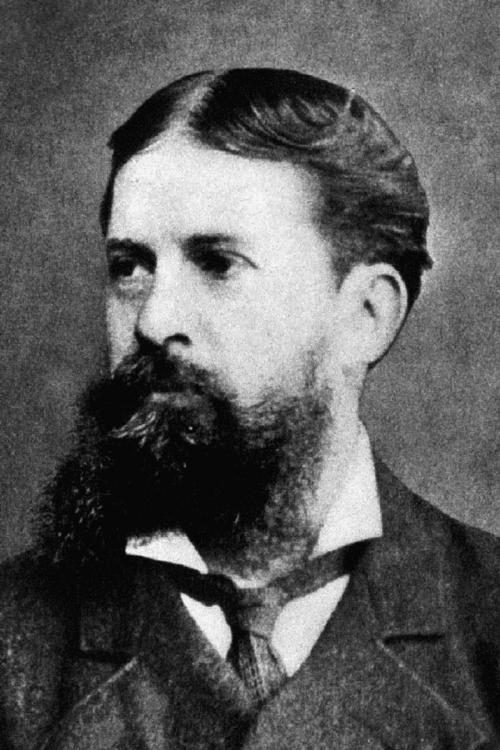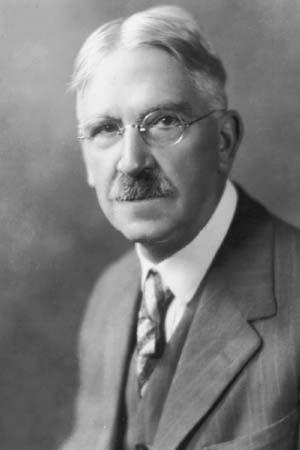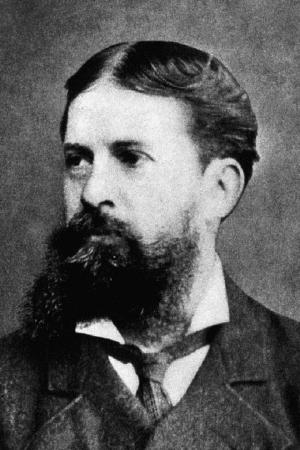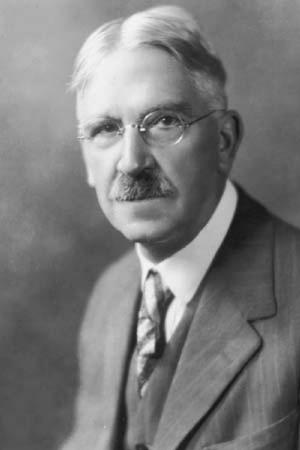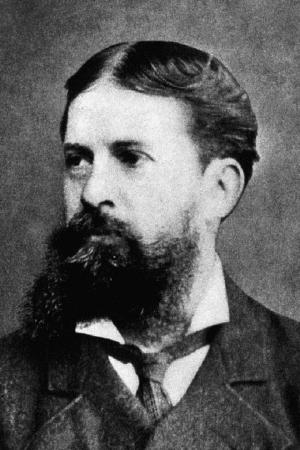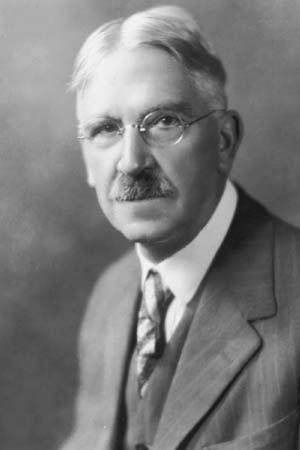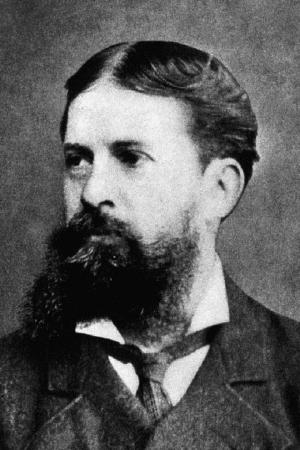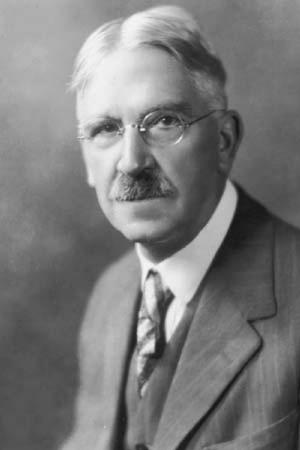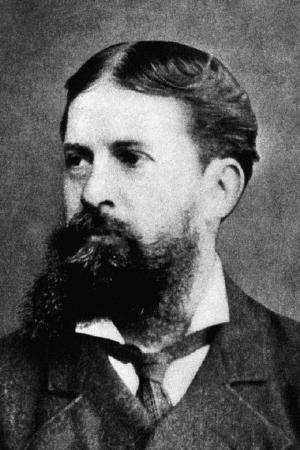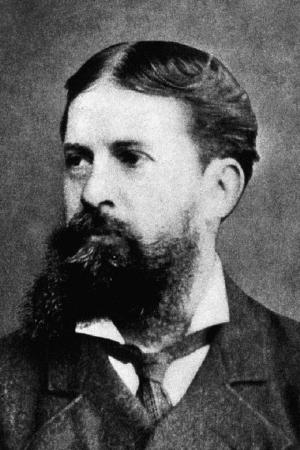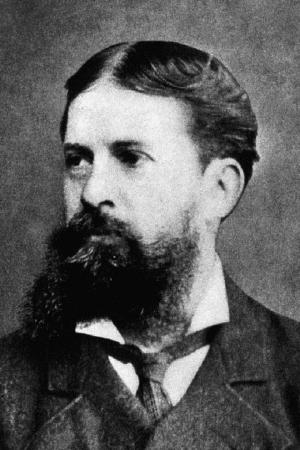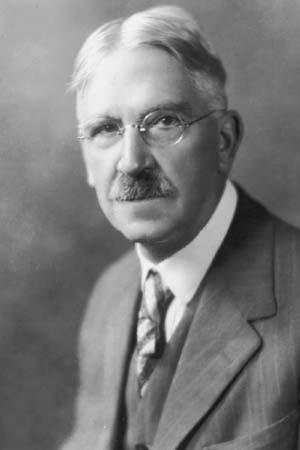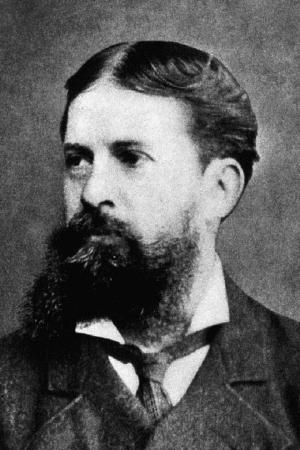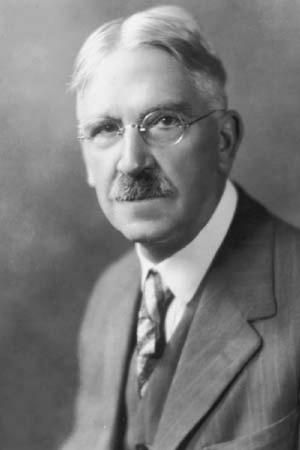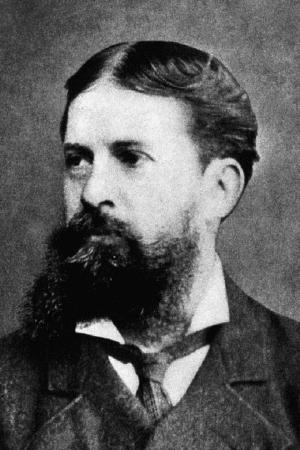On an Improvement in Boole's Calculus of Logic (Illustrated)
Business & Finance, Economics, Macroeconomics| Author: | Charles Peirce, Timeless Books: Editor | ISBN: | 1230001227819 |
| Publisher: | Timeless Books | Publication: | July 14, 2016 |
| Imprint: | Language: | English |
| Author: | Charles Peirce, Timeless Books: Editor |
| ISBN: | 1230001227819 |
| Publisher: | Timeless Books |
| Publication: | July 14, 2016 |
| Imprint: | |
| Language: | English |
The book has an active table of contents for readers to access each chapter directly.
In 1934, Paul Weiss, an American philosopher, the founder of The Review of Metaphysics, and the Metaphysical Society of America, called Charles Peirce "the most original and versatile of American philosophers and America's greatest logician".
In 1943, Webster's Biographical Dictionary added Charles Peirce’s introduction as "now regarded as the most original thinker and greatest logician of his time."
Max Fisch, a well-known writer of identity, individuality, responsibility, morality, and political commitment, commented Charles Peirce as the follow:
“Who is the most original and the most versatile intellect that the Americas have so far produced? The answer Charles S. Peirce is uncontested, because any second would be so far behind as not to be worth nominating. He was mathematician, astronomer, chemist, geodesist, surveyor, cartographer, metrologist, spectroscopist, engineer, inventor; psychologist, philologist, lexicographer, historian of science, mathematical economist, lifelong student of medicine; book reviewer, dramatist, actor, short story writer; phenomenologist, semiotician, logician, rhetorician and metaphysician.”
Without any doubt, Charles Peirce is in the row of the best minds with Henry George, William James, Thorstein Veblen, and Ludwig Wittgenstein.
In 1867, Charles Peirce published the book to his theory of calculus and logic ON AN IMPROVEMENT IN BOOLE'S CALCULUS OF LOGIC. In this book, Peirce discussed and the refined Boole’s symbolic algebra in terms of the following points that was proposed in the original work of THE CALCULUS OF LOGIC by George Boole:
(1) That the business of Logic is with the relations of classes, and with the modes in which the mind contemplates those relations.
(2) That antecedently to our recognition of the existence of propositions, there are laws to which the conception of a class is subject, - laws which are dependent upon the constitution of the intellect, and which determine the character and form of the reasoning process.
(3) That those laws are capable of mathematical expression, and that they thus constitute the basis of an interpretable calculus.
(4) That those laws are, furthermore, such, that all equations which are formed in subjection to them, even though expressed under functional signs, admit of perfect solution, so that every problem in logic can be solved by reference to a general theorem.
(5) That the forms under which propositions are actually exhibited, in accordance with the principles of this calculus, are analogous with those of a philosophical language.
(6) That although the symbols of the calculus do not depend for their interpretation upon the idea of quantity, they nevertheless, in their particular application to syllogism, conduct us to the quantitative conditions of inference.
Peirce basically improved a system for propositional logic based on five axioms including what is now called Peirce's law. His work ON AN IMPROVEMENT IN BOOLE'S CALCULUS OF LOGIC certainly made the algebra of logic more elegant.
This is a must-read book to understand the foundational thought of Math, Logic, and Philosophy by Charles Peirce, one of the greatest philosophers and logicians in the world.
The book has an active table of contents for readers to access each chapter directly.
In 1934, Paul Weiss, an American philosopher, the founder of The Review of Metaphysics, and the Metaphysical Society of America, called Charles Peirce "the most original and versatile of American philosophers and America's greatest logician".
In 1943, Webster's Biographical Dictionary added Charles Peirce’s introduction as "now regarded as the most original thinker and greatest logician of his time."
Max Fisch, a well-known writer of identity, individuality, responsibility, morality, and political commitment, commented Charles Peirce as the follow:
“Who is the most original and the most versatile intellect that the Americas have so far produced? The answer Charles S. Peirce is uncontested, because any second would be so far behind as not to be worth nominating. He was mathematician, astronomer, chemist, geodesist, surveyor, cartographer, metrologist, spectroscopist, engineer, inventor; psychologist, philologist, lexicographer, historian of science, mathematical economist, lifelong student of medicine; book reviewer, dramatist, actor, short story writer; phenomenologist, semiotician, logician, rhetorician and metaphysician.”
Without any doubt, Charles Peirce is in the row of the best minds with Henry George, William James, Thorstein Veblen, and Ludwig Wittgenstein.
In 1867, Charles Peirce published the book to his theory of calculus and logic ON AN IMPROVEMENT IN BOOLE'S CALCULUS OF LOGIC. In this book, Peirce discussed and the refined Boole’s symbolic algebra in terms of the following points that was proposed in the original work of THE CALCULUS OF LOGIC by George Boole:
(1) That the business of Logic is with the relations of classes, and with the modes in which the mind contemplates those relations.
(2) That antecedently to our recognition of the existence of propositions, there are laws to which the conception of a class is subject, - laws which are dependent upon the constitution of the intellect, and which determine the character and form of the reasoning process.
(3) That those laws are capable of mathematical expression, and that they thus constitute the basis of an interpretable calculus.
(4) That those laws are, furthermore, such, that all equations which are formed in subjection to them, even though expressed under functional signs, admit of perfect solution, so that every problem in logic can be solved by reference to a general theorem.
(5) That the forms under which propositions are actually exhibited, in accordance with the principles of this calculus, are analogous with those of a philosophical language.
(6) That although the symbols of the calculus do not depend for their interpretation upon the idea of quantity, they nevertheless, in their particular application to syllogism, conduct us to the quantitative conditions of inference.
Peirce basically improved a system for propositional logic based on five axioms including what is now called Peirce's law. His work ON AN IMPROVEMENT IN BOOLE'S CALCULUS OF LOGIC certainly made the algebra of logic more elegant.
This is a must-read book to understand the foundational thought of Math, Logic, and Philosophy by Charles Peirce, one of the greatest philosophers and logicians in the world.
